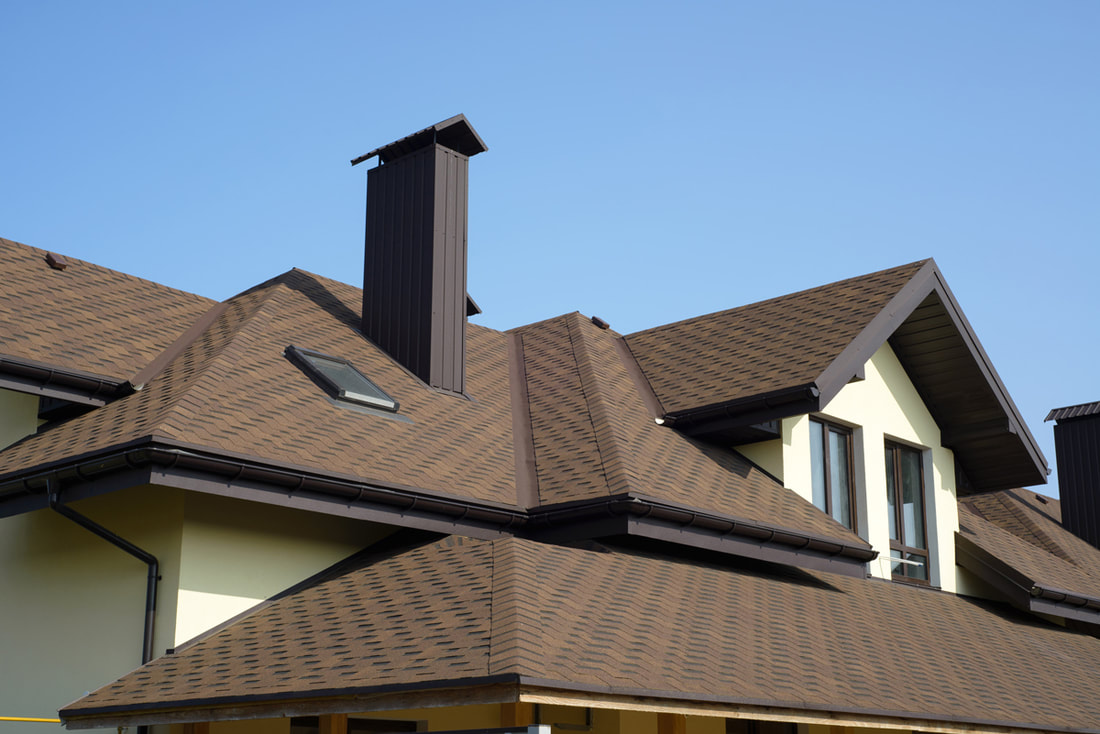Roof Replacement Explained In 10 Steps

Putting new roofing on a building can take anywhere from a day to a week, depending on the size of the roof, the complexity of the job, and how well the weather cooperates. It is a multi-step process that involves many components and features.
As a Florida homeowner, you want to understand what is happening to your roof when your new shingles are put on. Here is the roof replacement process explained in 10 easy-to-understand steps.
1. Initial Roof Inspection
After you’ve noticed some damage to your roofing or its general disrepair and age – or perhaps that’s its past its warranty and expected life expectancy, you call up your local roofing contractor.The very first thing he will have to do is to assess the condition of your roof, its size and layout, and what it will take to re-roof your home.
2. Selecting Your Roofing MaterialSelecting your preferred roofing material is the next step. Your friendly contractor will explain to you what is available. He can walk you through the strengths and limitations of each material.
For example, you may want dimensional shingles to add curb appeal, three-tabs to save money, wood shakes for a natural look, metal sheeting for ease of maintenance, or clay tiles for extreme durability.
3. Removal Of The Old Shingles
Next, after the material arrives and roofing equipment is brought to the site and set up, the old roofing shingles will need to be removed. Roofing over will shorten the life of your new shingles and make it difficult to locate and fix any future leaks.
4. Prepare The Roof Decking
The next step is to fully prepare the roof deck for the new shingles. This includes removing old nails, repairing any damaged plywood or rafters, and applying a quality felt underlayment for added moisture protection.
You can’t afford to skip this step, and it’s the perfect opportunity to fix up the roof decking when you already have it open anyway.
5. Install Any New Vents
If you want to get new vents because old ones are damaged, worn, or just out of date – this is the time. You may wish to add new vent holes and vents too for increased attic ventilation which will increase the energy efficiency of your home.
6. Install Roof Flashing
Next, the roofer will protect the eaves with drip edge flashing and roof valleys with valley flashing and/or ice and water sheathing. Flashing will also be needed around chimneys, wood stove pipes, certain vents, and along hip roofs.
Also, roofing cement will be needed to seal the flashing and in certain other leak-prone areas of the roof.
7. Install Starter Shingles
An extra layer of shingles, called starter shingles, is typically installed along the edges of the roof. This gives additional strength and protection right where wind, water, and other weather events tend to hit the hardest.
8. Install Roof Replacement Shingles
Finally, it’s time to install the main roofing shingles, starting at the eaves and overlapping all the way to the peaks. Tabs must be properly staggered, and nails must be covered by the shingle just above. A sticky adhesive seals one layer of shingles to the one just below it.
9. Put In The Ridge Vent
The roofs peak and rake ridges are to be capped with specialized ridge vent shingles. This gives you added protection against wind damage at the windiest part of the roof.
10. Complete Clean-Up
Finally, tarps, a dumpster, and a rolling magnet to pick up any stray nails in the yard will complete the clean-up process. Your yard should look as clean and professional as does your new roof.
To learn more about the total roof replacement process, or for a free quote on new roofing, contact Sheegog Contracting today!


